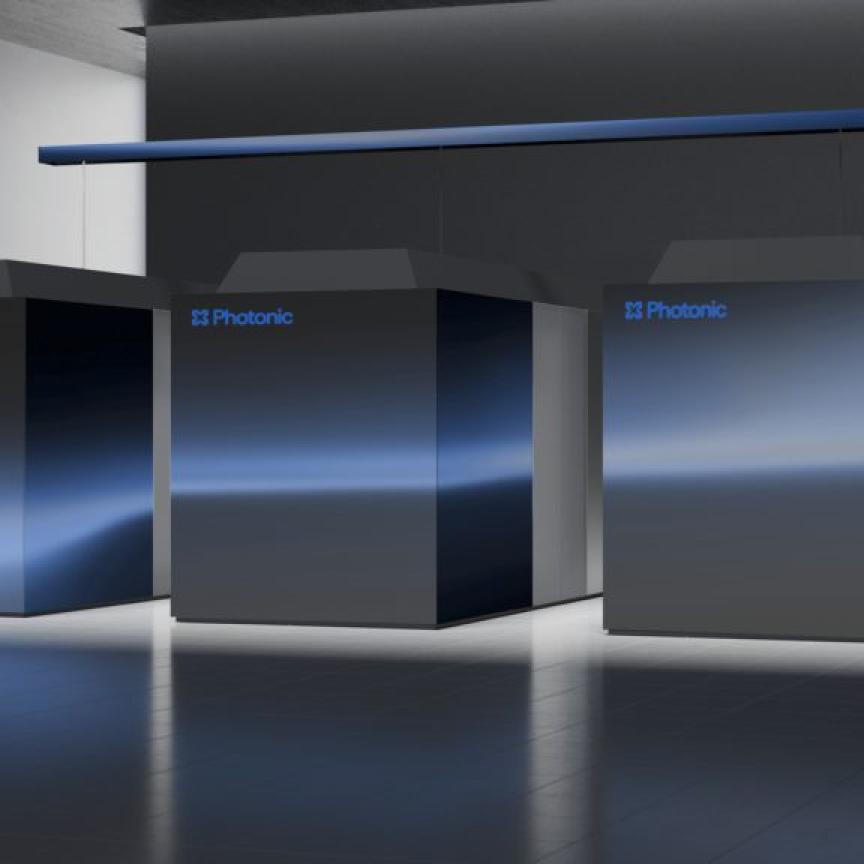At Photonics West On Demand Matthew Dale learned that the future of quantum is reliant on the development of new photonics components, and better integration and control of existing ones
Quantum clocks, computers and data networks could all benefit from photonics advances, said Jay Lowell, chief engineer for disruptive computing & networks, and quantum portfolio manager at Boeing, during a presentation at Photonics West on Demand last week.
These advances include bringing new components to market – such as robust single photon wavelength converters and components to control laser intensity – but also improvements in the way existing components are integrated.
Quantum clocks: Photonics integration and control
With timing influencing almost everything we do – including the positioning of cars, aeroplanes and satellites, as well as underpinning every transaction of the financial sector – quantum clocks could be used to dramatically improve the precision of the systems on which our world is run.
Lowell shared how photonics could be used to enhance quantum clocks such as two-photon rubidium absorption clocks, as well as ytterbium optical lattice clocks. The first occupies a volume of around 20 litres and is able to achieve a precision of 10-14s maintained over thousands of seconds. The second occupies thousands of litres and is able to achieve a precision of 10-18s over the span of years – being capable of determining the loss of milliseconds over the age of the universe.
For the single-laser rubidium clocks, Lowell highlighted that while the photonics requirements of such systems aren’t inherently complex, delivering them all together reliably and over long periods of time in a deployable system, is an area ripe for enhancement today.
‘The people who build these clocks struggle to make all of these components work together as a system,’ he said. ‘A lot of that really comes down to integrating things like the beam steering, and coupling that beam steering with the frequency stability, with the line width, with the power requirements – when you add all those things together, the problem becomes much more challenging.’
For the optical lattice clocks, which require multiple types of lasers spanning a wide range of wavelengths, line widths and powers, manipulating the intensities of such systems accurately is crucial. ‘The intensity control of these lasers has to be exceedingly good, because any intensity or amplitude noise gets converted into frequency noise of the clock,’ said Lowell. ‘So you can imagine the control loops, the frequency control, the polarisation control, the beam profile characteristics of all of these lasers are exceedingly complicated, and photonic components that can address these challenges are going to make dramatic improvements in this kind of master clock. That's going to essentially set the limit for how we perceive and measure time, and the standard that we set for how time is measured, from which all fundamental aspects of our SI unit system are derived.’
New photonics for quantum computing
Meanwhile, quantum computers – harnessing the phenomena of quantum mechanics to achieve extraordinary levels of computing power – are designed to take on large scale, complex combinatorics problems that even the most advanced classical computers struggle to perform. Similar to optical lattice clocks, they rely on a wide range of laser systems and detectors working in unison to function. Here, Lowell cited opportunities for photonics in servo locking, offsets, high extinction efficiency switching, and high extinction efficiency transverse beamlet formation.
Linking such computers together can be achieved using quantum networks, another technology area where Lowell sees potential for a lot of growth and advancement. Here a network using a quantum effect links two distinctly different quantum systems and exchanges quantum information between them – entangling them so that they behave collectively in a very prescribed way.
One vital piece of technology required for these networks are wavelength converters that could, for example, convert a 1.3 micron photon into a 780nm photon that can then interact with quantum memory.
‘These kinds of robust single photon capable wavelength converters simply don't exist today. They are not integrated products, they are not integrated devices,’ said Lowell. ‘They are experiments that people do in labs that take months to try to get the concept to work. For this to become an industry, we need these to be devices that can be deployed without anybody watching them, that work all the time.’
Remarking on the overlap between photonics and quantum technologies, Lowell explained that advancements in quantum technologies will drive advancements in photonics, while advancements in photonics will likewise drive advancements in quantum.
‘There are going to be numerous opportunities for those in these two industries to help each other out and to further the advancement of the work they do,’ he concluded. ‘The simplest way to think about it is: all of these systems, no matter the type, are coupled by photons. That's the takeaway, it's really that simple. The excitement and interesting nuances of all of these things that build on quantum technology come down to taking advantage of all of those distinctly different ways in which I can use a photon to couple two systems together. So it's that breadth of the photons, and the characteristics of those photons, that really drives the richness of the problem, both for photonics research and for quantum technology development.’


